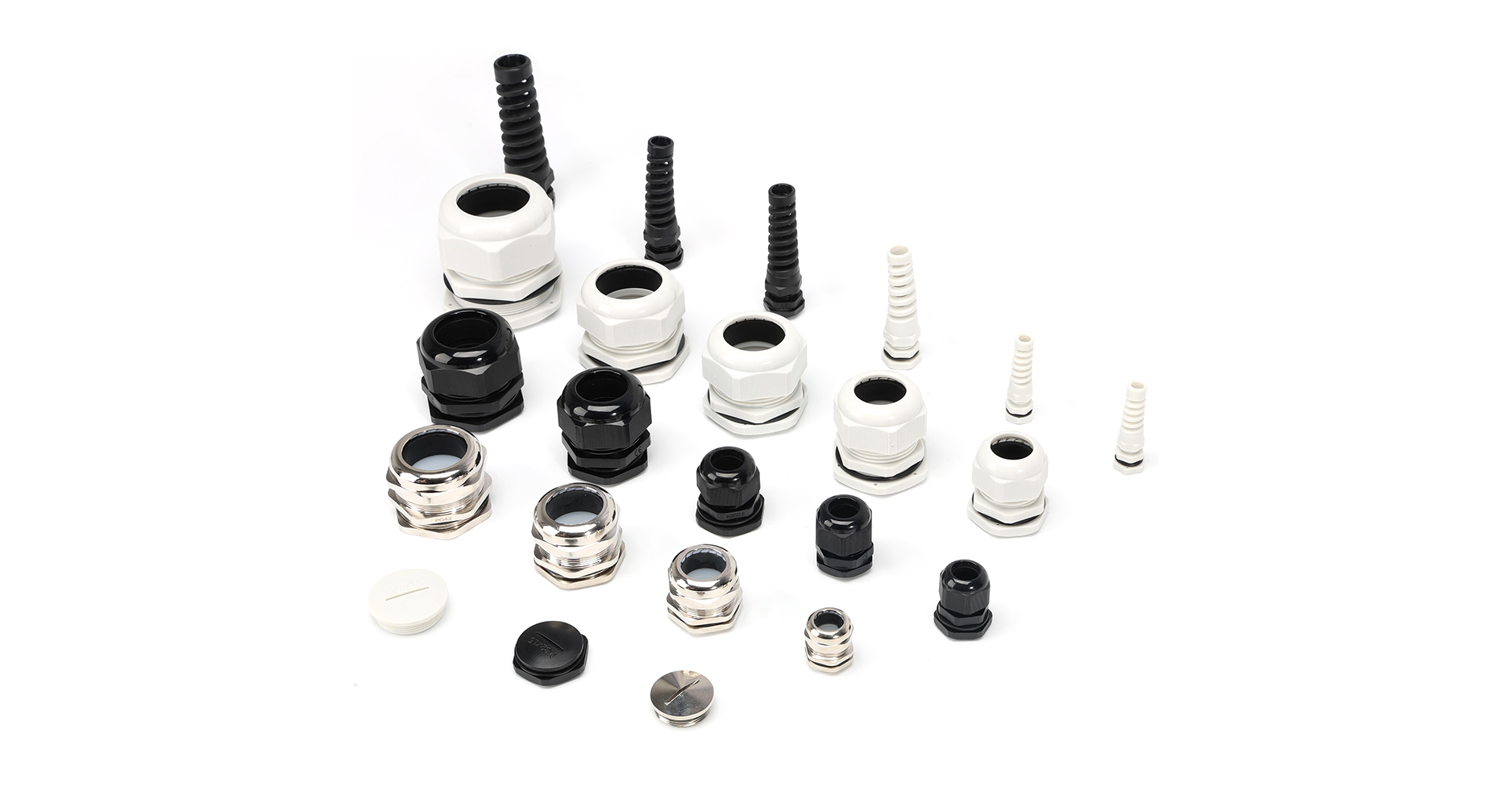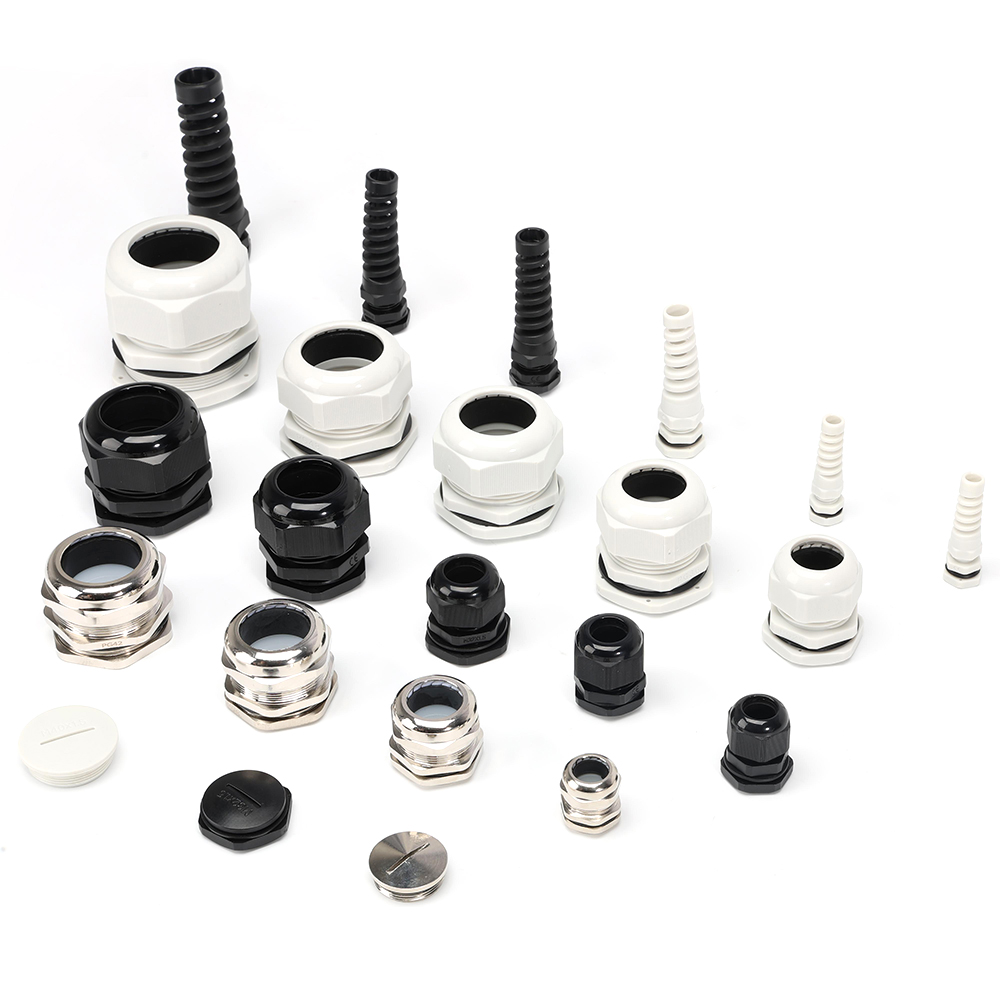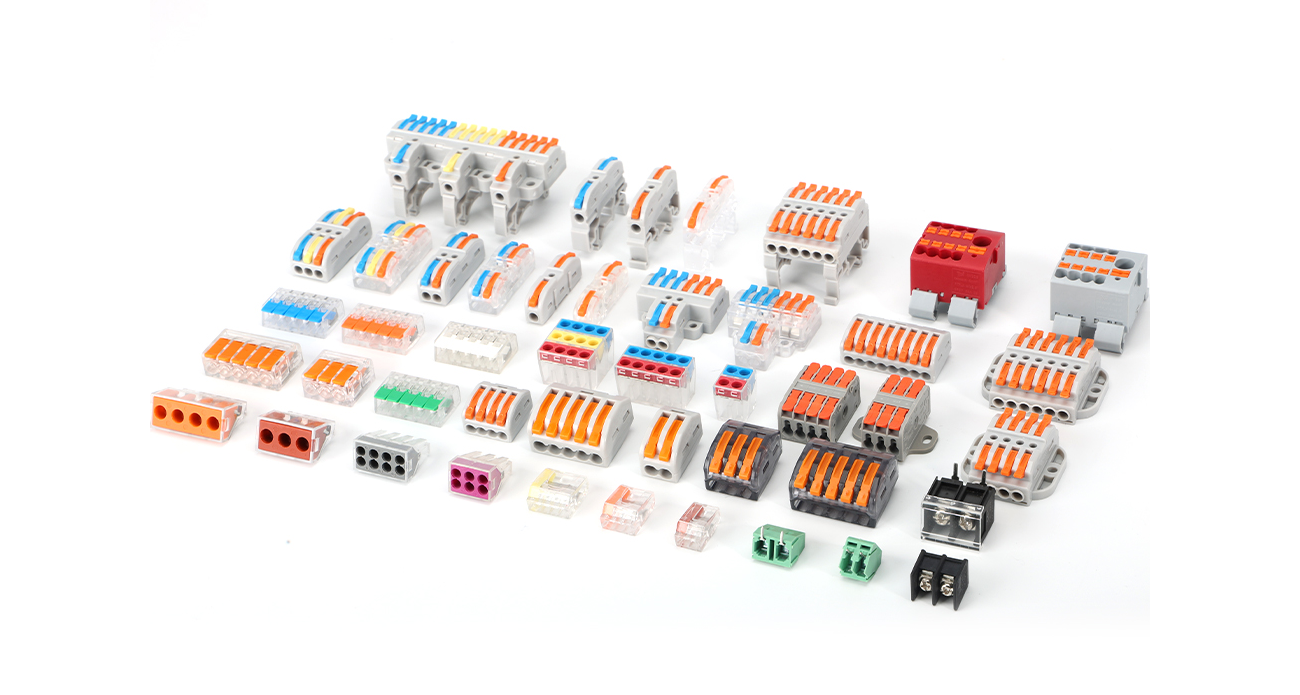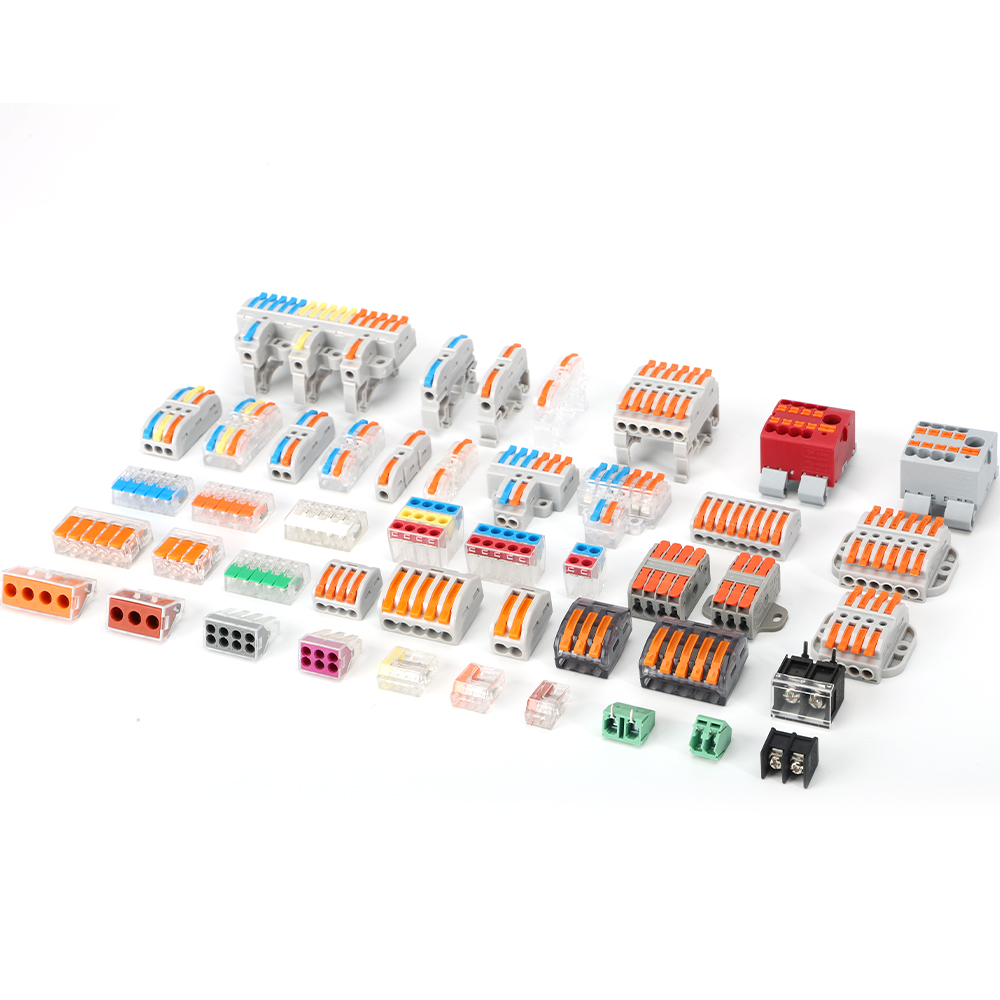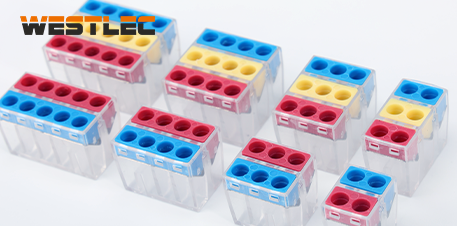Introduction
Cold pressed terminals are one of the most widely used electrical connection methods in modern industries. They offer secure, reliable, and cost-efficient wiring solutions for automotive, industrial, and consumer applications. In this guide, we’ll break down what cold pressed terminals are, their types, advantages, and practical applications, helping you better understand why they are a preferred choice for electrical connections.
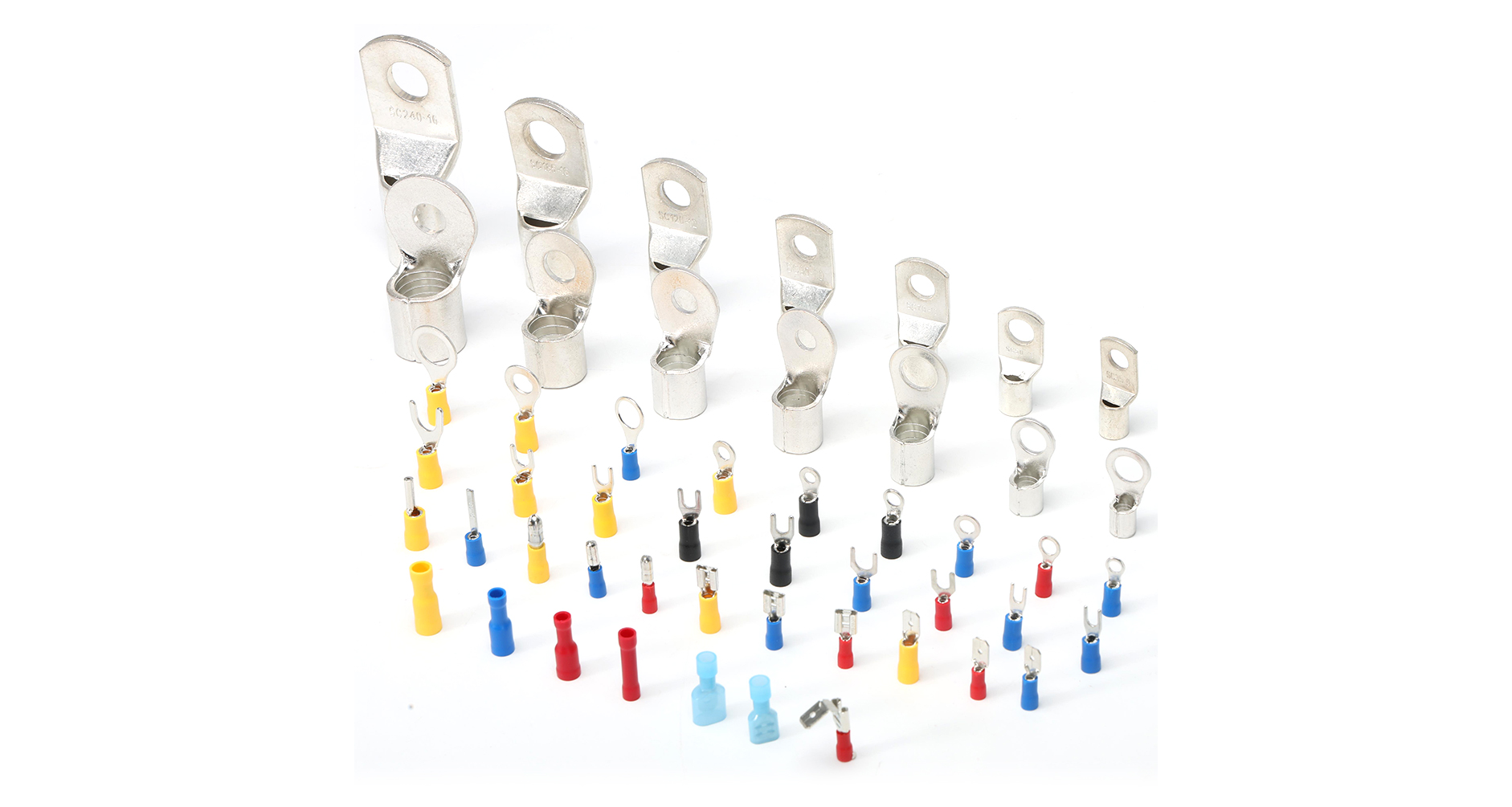 1.What Is a Cold Pressed Terminal
1.What Is a Cold Pressed Terminal
Definition of Cold Pressed Terminal
A cold pressed terminal is a type of connector that attaches to the end of a wire by mechanical crimping instead of soldering. It ensures strong electrical conductivity and mechanical strength without the need for heat.
1-1 How the Cold-Pressing Process Works
The wire is stripped and inserted into the terminal barrel, then compressed tightly using a crimping tool. This pressure bonds the wire strands and the metal terminal together, forming a stable and long-lasting connection.
1-2 Difference Between Cold-Pressed Terminals and Soldered Terminals
Cold-pressed terminals use mechanical force to secure wires, offering faster and more consistent results.
Soldered terminals rely on heat and solder to bond wires, which may be less reliable under vibration or high temperatures.
Overall, cold pressing is safer, faster, and more suitable for large-scale production.
2.Cold Pressed Terminal Types
2-1 Ring Terminals and Their Common Uses
Ring terminals feature a closed circular end that can be securely fastened with a bolt or screw. They are commonly used in automotive batteries, grounding systems, and industrial machinery.
2-2 Spade Terminals for Easy Connection and Disconnection
Spade terminals have a fork-like design that allows quick attachment or removal without fully removing the screw. They are often used in household appliances and control panels.
2-3 Pin Terminals for Tight and Precise Connections
Pin terminals have a solid pin-shaped end designed for insertion into terminal blocks or connectors. They ensure stable and precise contact in compact wiring systems.
2-4 Blade Terminals for High-Current Applications
Blade terminals are flat and wide, providing a strong connection for high-current circuits. They are widely used in automotive wiring harnesses and heavy-duty equipment.
3.Cold Pressed Terminal Advantages
3-1 Fast and Reliable Cold Pressed Terminal Connections
Cold pressing enables quick assembly, saving time during mass production and field installations.
3-2 Stable Electrical Performance Under Vibration and Heat
The crimped joint resists loosening and maintains conductivity even in environments exposed to vibration and temperature fluctuations.
3-3 Cost-Effective Manufacturing and Installation
With no soldering required, cold pressed terminals reduce labor, equipment, and energy costs, making them highly efficient.
3-4 Reduced Risk of Cable or Component Damage
Since cold pressing avoids heat, it minimizes the risk of insulation damage or weakened conductors, extending cable life.
4.Cold Pressed Terminal Applications
4-1 Automotive Wiring Harnesses and Electrical Systems
Widely used in vehicles for battery connections, lighting systems, and onboard electronics due to their durability.
4-2 Industrial Machinery and Control Panels
Provide stable connections for automation systems, switchgear, and motor control units.
4-3 Home Appliances and Consumer Electronics
Found in refrigerators, washing machines, and small electronics for safe and compact wiring.
4-4 Renewable Energy Systems (Solar Panels, Wind Turbines)
Ensure reliable power transmission in harsh outdoor environments with dust, heat, and moisture.
4-5 Electrical Distribution and Power Management
Applied in power distribution boxes and energy storage systems to maintain secure connections.
5.Cold Pressed Terminal Connections
5-1 How Cold Pressed Terminal Connections Ensure Secure Contact
The mechanical compression eliminates air gaps, reducing resistance and preventing oxidation. This ensures long-lasting electrical contact.
5-2 Tools and Equipment for Proper Installation
Crimping pliers, ratchet crimping tools, and automated crimping machines are commonly used for precise installations.
5-3 Tips to Avoid Common Connection Errors
Always match terminal size with wire gauge
Ensure proper stripping length without damaging conductors
Apply sufficient crimping force for a secure bond
5-4 Testing and Inspection for Reliability
Connections should be tested for pull-out strength, resistance, and visual inspection to ensure high-quality crimps.
6.FAQs
Q1: What are cold pressed terminal products mainly used for?
They are used for secure and efficient wiring in automotive, industrial, and household electrical systems.
Q2: Are cold pressed terminals better than soldered terminals?
Yes. Cold pressed terminals provide stronger mechanical strength, faster installation, and better reliability under vibration.
Q3: What tools are required for cold pressed terminal connections?
Hand crimpers for small jobs and automatic crimping machines for industrial-scale production.
Q4: Can cold pressed terminal types be reused?
Generally, no. Once crimped, they are designed for one-time use to ensure reliability.
Conclusion
Cold pressed terminal products are essential in modern electrical engineering, offering speed, reliability, and cost efficiency. With various terminal types available, they can be adapted to automotive, industrial, consumer, and renewable energy applications. By understanding their advantages, applications, and proper installation methods, engineers and technicians can ensure safe and long-lasting electrical connections.


